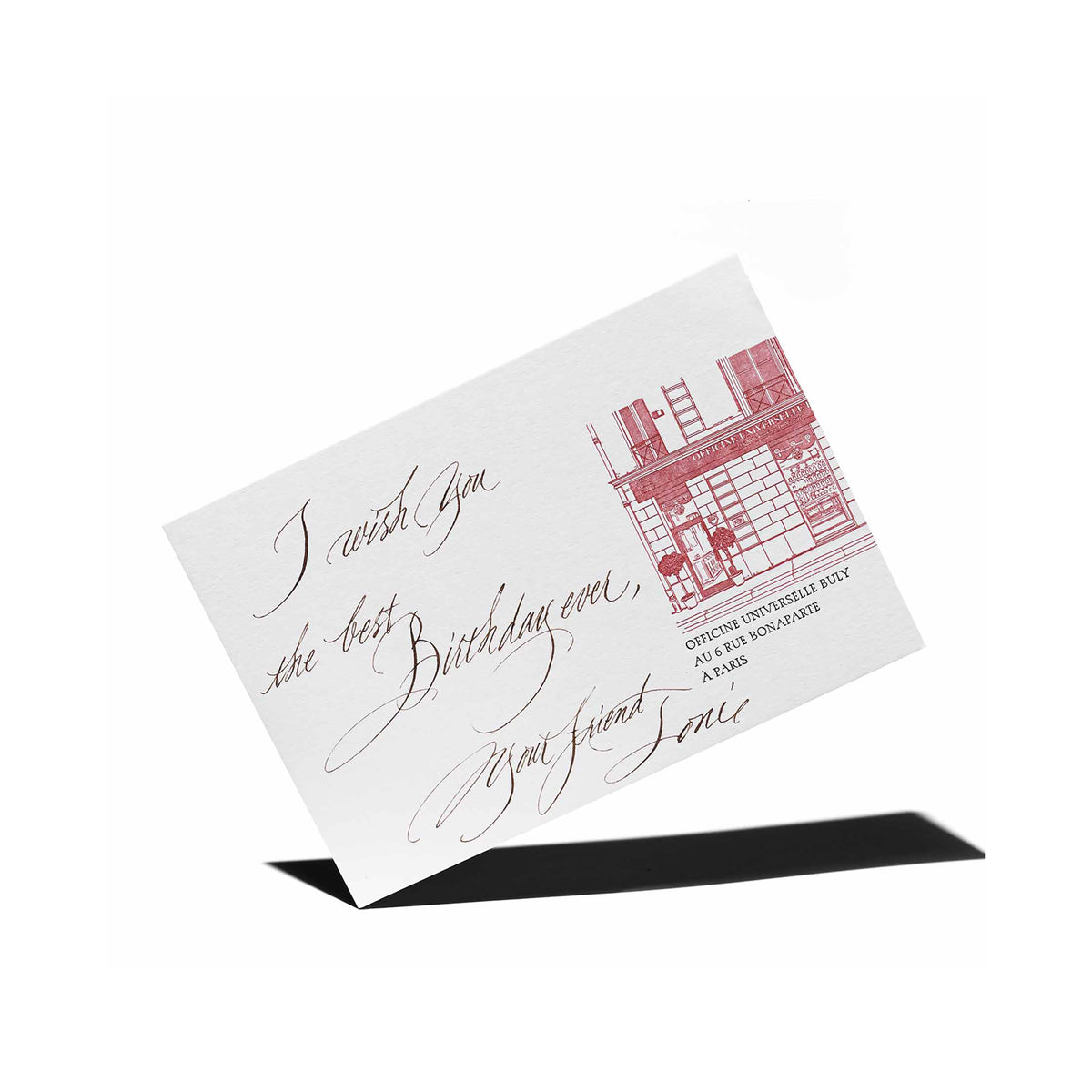A modern equivalent of Barbarossa’s “pomander”, the scented candle combines the know-how of master wax-makers with that of artisan perfumers… under the aegis of alchemy.
Burn to shine, burn to perfume, burn to heal: long disassociated, these three properties of the candle merged in the 19thcentury, in the New World, in the era of American pioneers. After boiling, myrtle berries yielded a waxy substance that proved ideal for crafting scented candles. In the 20thcentury, what was initially just a murmur spread through the grapevine (and reached the gentry) in Europe, under the impetus of Perron, the chemist, and later of Mario Rigaud, who together devised the famed blend of fragrance and wax heated at 70°C. From Trudon through Diptyque to Buly, each producer had its own recipe… But did members of the smart set really have to wait until the 1960s to perfume their homes?
In ancient Egypt already, long before our era, perfume creators stretched their imaginations to spice up this or that palace with room fragrances or incenses, each of them formulated with flowers or resins. Splashy smelling apples appeared in the Middle Ages, at the time of Barbarossa, who enjoyed their aromatic – not to mention aphrodisiac – virtues. Under Louis XIV, finally, Blégny’s famed “royal incense burner” – a virtuous echo of the pomander – trounced the competition when it came to perfuming a room. Far better than a “Cyprus birdie” (a fragrant ball made in the shape of a bird) or a scented water, this lamp fueled with spirits of wine released fragrant actives that were supposed to leach into the lungs, and then the heart and the blood vessels…

It was at this time that the candle, formerly made of foul-smelling tallow, took on an aesthetic function beyond its light-giving properties – thanks to the rise of beeswax, which used to be sourced from Bgayet, an Algerian town from which the French word for “candle”, bougie, actually derives. Nobles and clerics were soon seduced by entrancing wafts of honey… The Antony Manufacture, founded in 1702 by Brice Péan de Saint-Gilles, was operating at full capacity: at the Palace of Versailles, under Louis XIV, each room was lit by candlelight, from the Great Gallery to the narrow vestibule… These new, somewhat megalomaniac uses required astronomical quantities of wax, which the bees of Antony could not provide on their own. Bought by Jérôme Trudon in 1737, the Manufacture – which received the royal imprimatur in 1719 – had to look beyond its walls for its supplies: the French countryside, but also Poland, Russia, Holland, etc. In 1756, under Louis XV, the Antony Manufacture had some 100,000 altar candles and 20,000 torches in inventory.
Thanks to Perron and his “magic formula”, honey was quickly supplanted by other, ever more extravagant aromas. The range of scented candles grew yearly: travel memories, daily sensations, dreams or fantasies… The reason to light a candle was no longer to illuminate, but rather to dream, bewitched by the flame and its fragrance, as an echo of Bachelard’s musings. This return to contemplation goes hand in hand with other, more ancestral methods of perfumery: in the case of Buly for instance, the Alabaster takes its cue from the famed perfume vases of Ancient Greece, whose terra cotta captured aromas, the better to release them.










